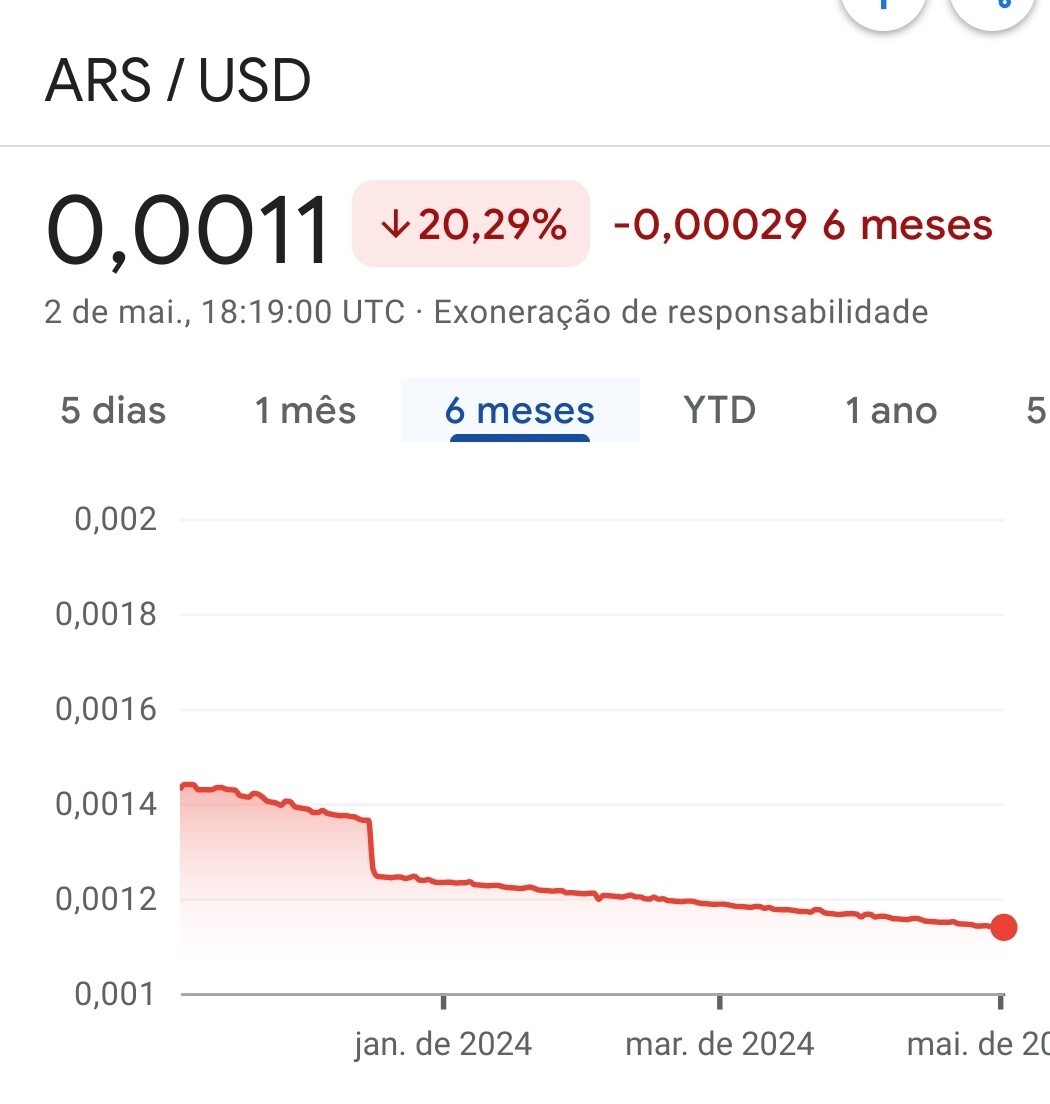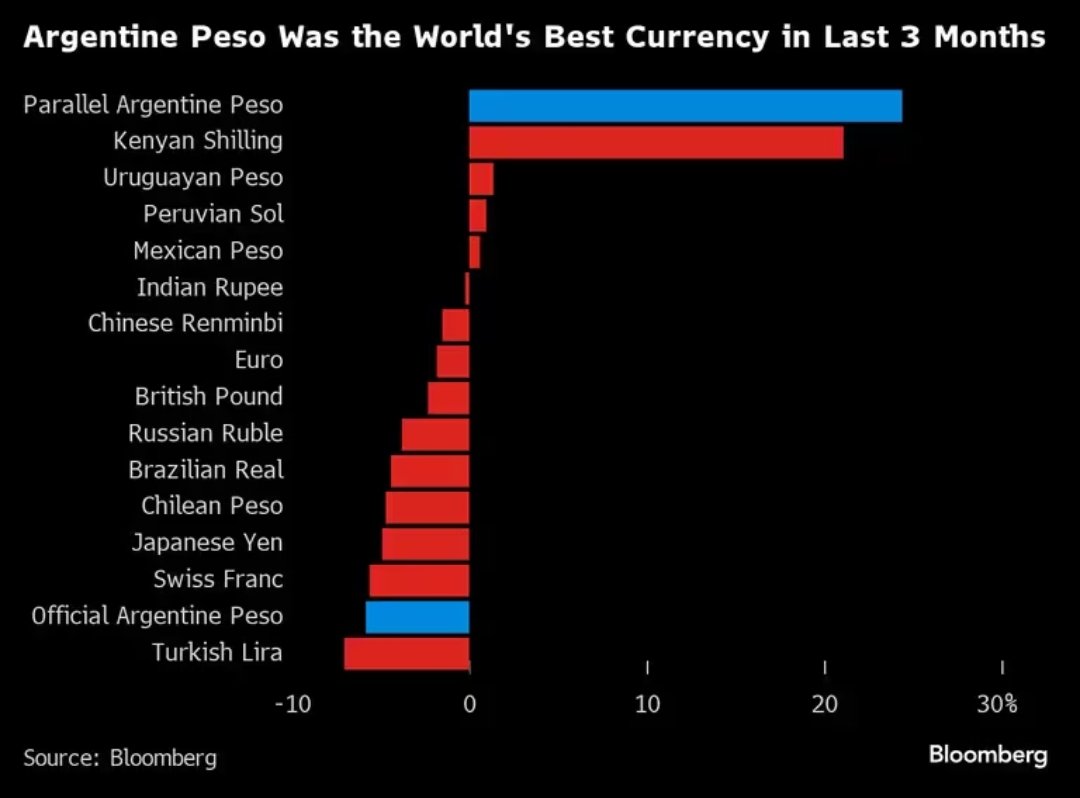Jesse what the fuck are you talking about

The author of this article, Ignacio Olivera Doll, seems to be a regular sucker of Milei’s cock based on my searching.
Look at it go Down down down into Goblin Town!
Here is an alternative Piped link(s):
Down down down into Goblin Town!
Piped is a privacy-respecting open-source alternative frontend to YouTube.
I’m open-source; check me out at GitHub.
The sad thing is that actually is an improvement. Not sure I’d say Milei is a success just because he someone slowed the peso’s decline though
I thought that was the whole plan? To get the exchange rate to be real to promote growth in trade and foreign investment.
Does anyone actually understand what he is trying to do? Because every person I have talked to about economics is fucking clueless on this website.
Would love to know what he’s up to, but the snippets I have seemed seem good.
As someone else pointed out, the article takes into account the unofficial or free market exchange rate.
In Argentina we got an official rate established by the government (the one your screenshot shows) where the amount you can exchange is limited.
And then we got the unofficial “blue” rate, which price is determined by the market and the one the article talks about.
When Milei assumes on Dec 10, he devaluates the official rate from around 360 USD/ARS to 820 USD/ARS, to get the official rate closer to the market rate.
From then the government continues to gradually devaluate the official rate to converge with the market one (that’s the slope you see).
Before Milei assumed the market rate was 950. The market rate peaked at around 1100 on December, then decreased to around 1000 in the end of January and it’s been relatively stable since.
I know it might be difficult to understand because not every country has these extreme currency controls, but Argentina has more than one currency exchange. The parallel one, blue market is the most used one and the one Bloomberg takes note of
Here:

You can get data to tell any story you want if you choose your own presentation. Sure, it might be up a lot, but that’s only from the record low three months ago, and it’s positively skyrocketed from 0.00066 USD to… a whopping 0.00097 USD. (And before anyone accuses me of Americentrism, it’s followed the yuan and ruble similarly.) Compared to six months ago, it’s down slightly, and compared to a year ago, it’s down about 55%, still pretty bad.
deleted by creator
That was a good episode but it is also very outdated at this point since it is over 7 months old now. The reason nobody was buying it was indeed because the government had set a rate that was completely out of whack with its actual value and they implemented exchange controls to stem the outflow of foreign exchange reserves to put up the appearance of legitimacy. Milei removed the capital controls though and floated the currency. It was expected to free fall and it has. Milei is a far right nutjob but a pegged currency to encourage investment followed by exchange controls has never worked out for Argentina.






